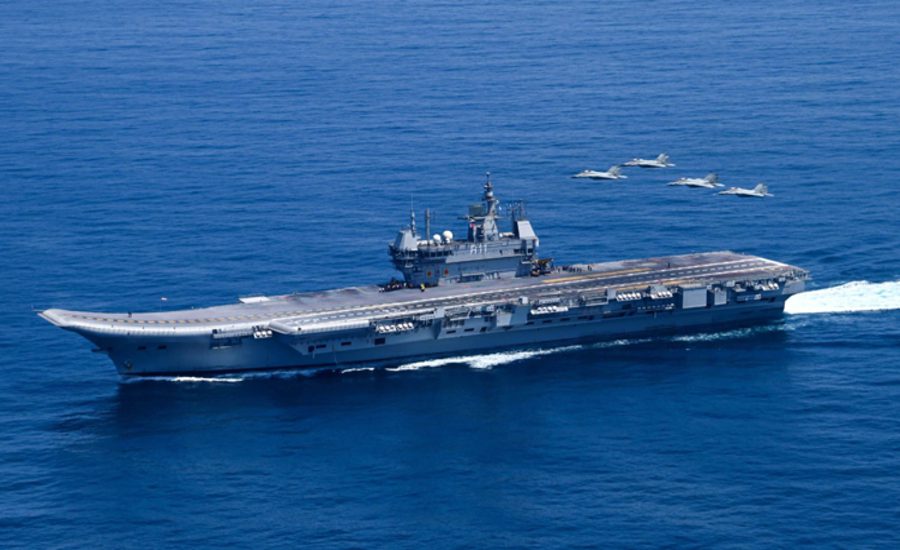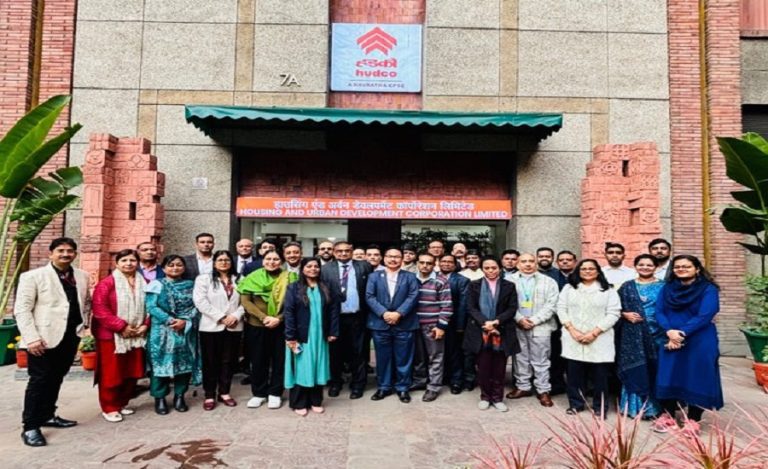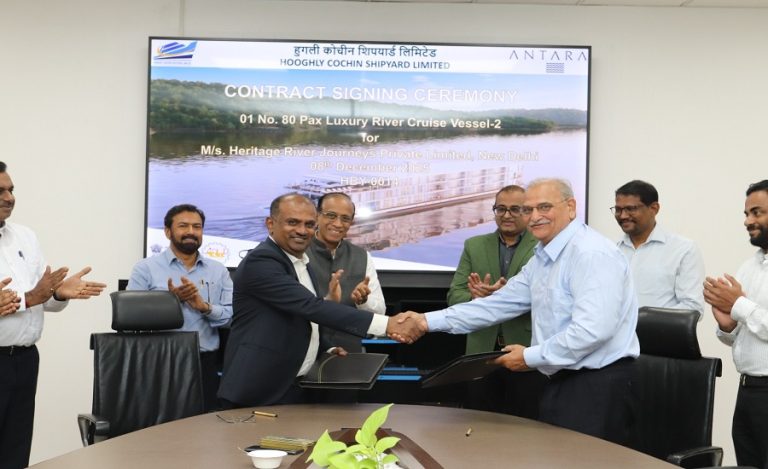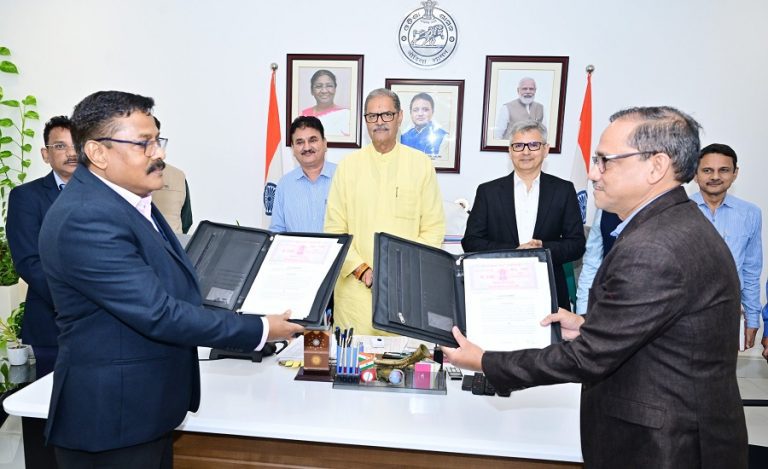New Delhi: The Indian Navy (IN) has been steadily expanding its carrier capability as part of its maritime strategy to establish a sustained presence across both its eastern and western seaboards. India’s first indigenous carrier, INS Vikrant (IAC-1), was commissioned in September 2022, marking a major milestone in indigenous shipbuilding.
Following this, the IN has been preparing for the next phase — a second indigenous aircraft carrier (commonly referred to as IAC-2) to deepen its blue-water capabilities, support a three-carrier structure, and enhance self-reliance under the “Atmanirbhar Bharat” defence vision.
What’s New on IAC 2
According to the latest update, the Indian Navy is moving decisively to secure government approval by 2026 for IAC-2, which would pave the way for formalisation of the project and subsequent construction.
Key highlights:
→ The second carrier is expected to have a displacement similar to INS Vikrant’s ~45,000 tonnes mark.
However, its design philosophy will undergo major upgrades to better accommodate UAV (unmanned aerial vehicle) operations, along with revised deck layout and command systems.
→ Construction will once again likely be led by Cochin Shipyard Limited (CSL), leveraging its experience from building INS Vikrant.
→ A greater emphasis on indigenous systems is projected, aligning with the defence indigenisation push across propulsion, sensors, communications and aviation fuel systems.
Strategic Importance of Indian Navy Second Indigenous Aircraft Carrier IAC 2
Strengthening Three-Carrier Doctrine: The Navy’s long-standing aim is to operate three aircraft carriers: one on each coast plus one undergoing refit. This ensures persistent carrier presence and improves India’s expeditionary reach in the Indo-Pacific region.
Indigenisation & Defence Economy: A project of this scale supports the broader “Atmanirbhar Bharat” agenda — high local content, domestic supply chains, job creation and fewer dependencies on foreign platforms. CSL’s construction of INS Vikrant is a proof-point of that capability.
Tech Leap with UAV Integration: The next carrier’s design to specifically integrate UAVs for strike, surveillance and electronic warfare roles signals a shift towards future-ready carrier aviation, not just replicating legacy carrier models.
Maritime Security & Power Projection: With rival navies expanding and the maritime domain growing more contested, India’s carrier fleet growth directly feeds into its ability to secure sea-lanes, deter threats and project power across the Indian Ocean Region.
IAC 2 Project Details & Design Features (What We Know So Far)
Size & Displacement: Roughly ~45,000 tonnes — similar to IAC-1.
Builder: Cochin Shipyard Limited – leveraging modular ship-building expertise.
Design Upgrades: UAV-centric deck, updated command systems, enhanced autonomy for future aviation.
Indigenous Systems Emphasis: Higher % of domestic propulsion, radar, communications and aviation fuel supply.
Indian Navy Second Indigenous Aircraft Carrier: Challenges and Considerations
Budget & Approval Timeline: While the target is 2026 clearance, the complex ship-building cycle means even after approval, construction will take many years.
Technology Integration: UAV operations from carrier decks and next-gen systems will require new procedures, training & infrastructure.
Maintaining Force Balance: As the Navy introduces newer carriers, it must still manage existing ones including the Russian-origin INS Vikramaditya as it ages.
Shipyard Capacity & Supply Chains: Building large carriers while concurrently building other warships and submarines places pressure on domestic shipyards and suppliers.
Impact of Indian Navy Second Indigenous Aircraft Carrier and What’s Next
Immediate Next Steps: Securing the ‘Acceptance of Necessity’ (AoN) from the Ministry of Defence and formal clearance by 2026.
Construction Phase: Once approved, major contract award to CSL, procurement of key systems, start of steel-cutting and module fabrication.
Operational Outlook: Once built and commissioned, the carrier will serve as a force-multiplier, enabling India to sustain two operational carriers and one under refit — fulfilling the three-carrier doctrine.
Wider Defence Industry Impact: The project will drive growth in ship-building, aerospace, naval aviation, electronics and make India more self-reliant.



























